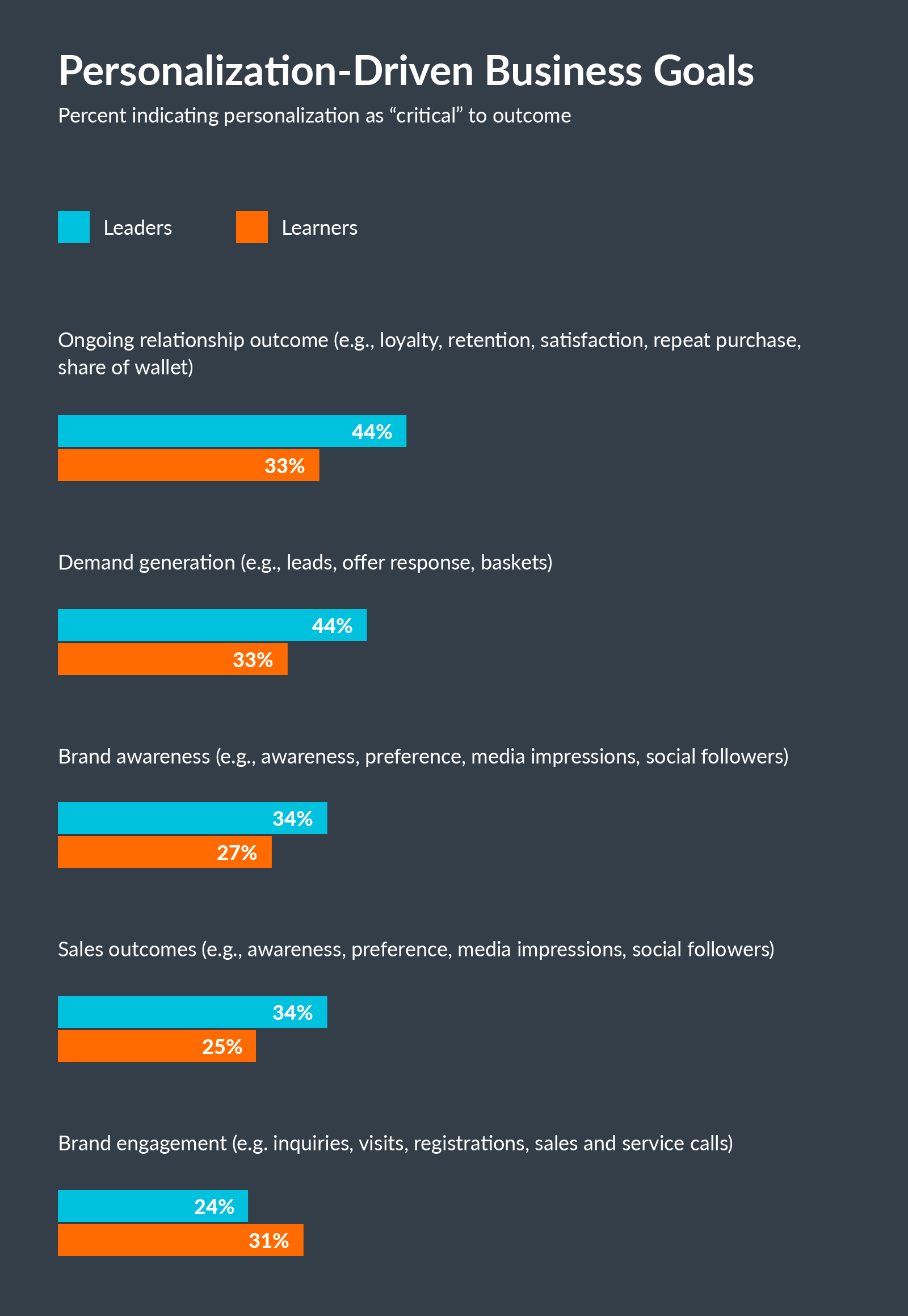What’s the Difference? Customer Loyalty vs. Customer Retention
The swipe of a credit card and the delivery of a confirmation email does not mark the end of a customer-to-brand relationship. In fact, it’s only the very beginning. Guiding your customers through a successful, omnichannel customer experience is step one. Gaining customer loyalty—not just retention—is step two. And really, it’s less a step than an ongoing process.
[Check out our new 6-Step Consumer Engagement Guide co-produced with eTail]
What is the true value of customer loyalty? And, more importantly, how can your brand inspire it? Let’s dive in.

The Difference Between Customer Loyalty and Customer Retention
Customer retention refers to a brand’s ability to gain repeat business from a customer. High customer retention means customers continue to purchase a brand’s product or service, rather than choosing a competitor. Simply put, retained customers simply haven’t purchased from a competitor…yet. That means their loyalty to your brand is still at risk.
Loyal customers, on the other hand, buy your brand again and again, and advocate on its behalf. Customer loyalty goes beyond financial transactions. Loyalty means growth — and retention means fighting decline. So, how can you promote customer loyalty for your brand?
How to Inspire Customer Loyalty
If you’ want to move beyond customer retention to gain customer loyalty and advocacy for life, provide these things.
Exceptional, seamless customer experiences across channels.
The customer experience extends past the point of purchase all the way toward ongoing advocacy. To provide relevant, personalized experiences at every stage of their journey, you need a 360° view of your customer. Armed with this information, you can pivot your marketing strategy as necessary and cater touchpoints across channels to engage customers throughout their journey.
Relevant & personalized follow-up post-purchase.
According to a recent Forbes personalization study, improving customer loyalty programs is the most frequently cited reason for personalization programs, and it’s no wonder. Have you ever received an email offer just-too-late, or a Facebook ad for the car tires you just bought? Irrelevant follow-up from brands you love can completely spoil your image of the brand. Don’t subject your customers to the same misfortune. Use a customer data platform (CDP) to deliver real-time metrics about your customers so you can provide relevant offers post-purchase to nurture the relationship. That’s what Shiseido did to take its loyalty program to the next level, using data to anticipate changes in taste, needs, and fashion as its customers age from the bloom of youth to a beautiful middle-age to a stately old age. And a customer who spends 40 to 50 years with a brand is going to boost total CLV by an order of magnitude over a run of a couple of years.

Reviews, referrals, rewards, and loyalty programs.
Post-purchase, you can immediately continue the conversation between your brand and your customer by asking them for reviews and referrals. 90% of customers are influenced by positive reviews, so don’t be afraid to ask a loyal (or new!) customer to give your company five stars or two thumbs up — online and in real life.
To encourage customer loyalty, ask your customers to enroll in your rewards program — and make sure it’s worth their while. Offer ongoing discounts, member-only perks, and other personalized incentives to nudge them toward making repeat purchases. Then, watch and measure their behavior, so you can adapt your strategy as needed.
How to Measure Customer Loyalty
After implementing the ideas above, it’s time to measure the success of your efforts. There are many different metrics to consider when measuring customer loyalty. Here are our top four.
-
Customer lifetime value.
Customer loyalty is the net present value of all of the purchases each customer makes over the lifetime of their patronage, and it should grow with time. You want to not only target and engage your customers, but also keep their interest—and their business—for life. The longer they spend at your store, and the more they buy, the higher their lifetime value.
-
Repeat purchase rate.
To determine the percentage of repeat purchases made by your customers, divide your number of repeat customers by your total number of customers. You’ll end up with a decimal, which you can multiply by 100 to find your percentage.
-
Net Promoter Score.
Net Promoter Score (NPS) measures customer experience and potential business growth simultaneously. NPS is essentially a grade point average, determined by your customers’ perception of and loyalty to your brand. To calculate NPS, survey your customers and determine which are brand “promoters” and which are “detractors.” Subtract the percentage of detractors from the percentage of promoters to find your NPS.
-
Loyalty program redemption rate.
To determine the success rate of your loyalty program, simply divide your total number of customers by the number of customers enrolled—and actively participating in—your loyalty program.
Why Customer Data Matters For Customer Loyalty & Retention
It’s easy for brands to get hung up on customer retention. We all want graphs that go up and to the right. We all want to tout jaw-dropping year-over-year “growth.” But real growth comes from customer loyalty. Aspire to more than repeat business from a customer who doesn’t know any different or who doesn’t have better choices right now. Aim to gain the loyalty of a customer who knows what your competitors have to offer, but chooses your brand over and over because of its exceptional customer experience.
Before you can gain their loyalty, you have to understand your customers from every angle.